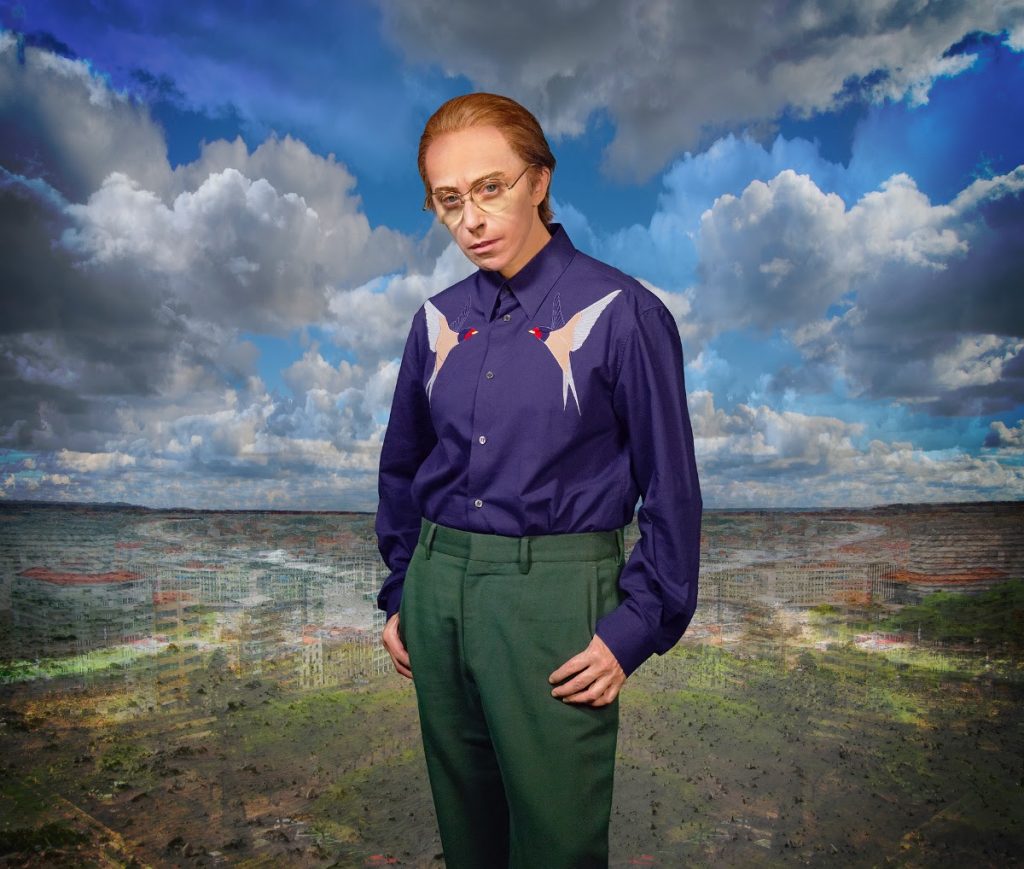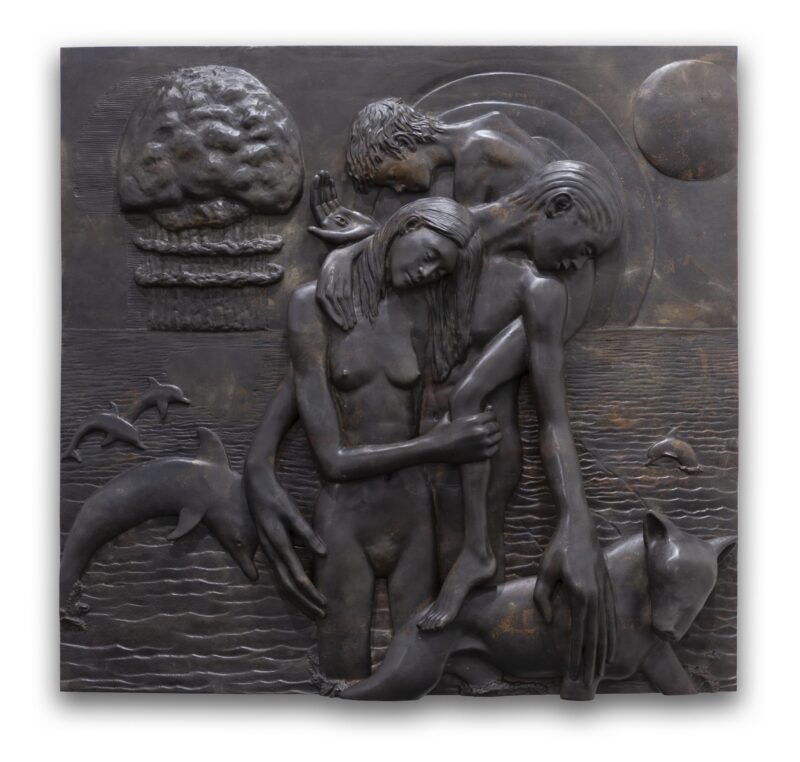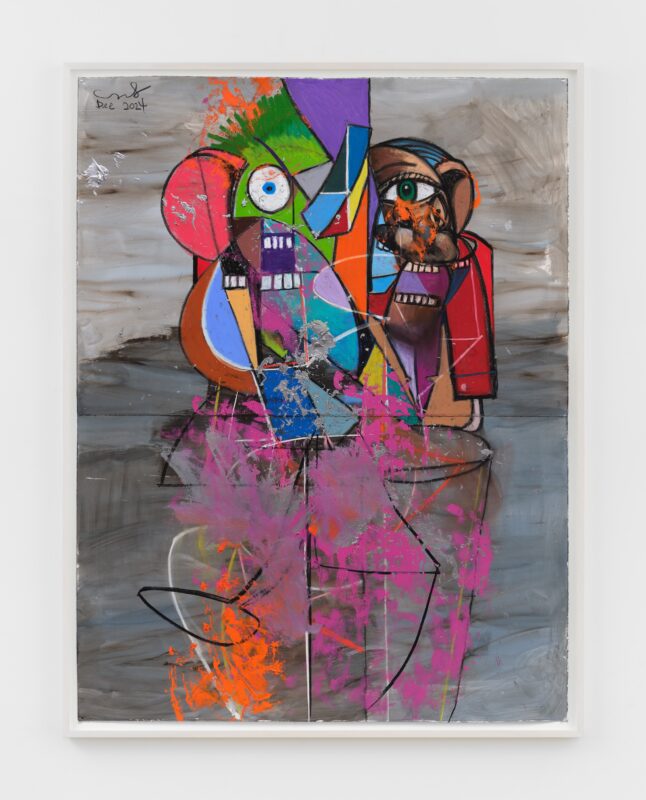An exhibition of new works by Cindy Sherman is to open this week, one of the most influential artists internationally who has been associated with Sprüth Magers since the 1980s. It is the first time this 2019 series will be on view outside the United States.

In her latest body of work – in which Sherman impersonates a cast of androgynous characters – the artist continues her long-standing investigation into identity as a social construction, addressing topics such as gender and social roles. Sherman’s new works bring these conversations squarely into the twenty-first century, when gender expression and fluidity have become mainstream subjects, casting further doubt upon the rigid constructs of twentieth-century masculinity and femininity.
Cindy Sherman November 20th–February 13th, 2021
Sprüth Magers Berlin
About the Artist
Cindy Sherman (*1954) is a pivotal figure in the history of appropriation art and one of the world’s best-known contemporary artists. Since the late 1970s, she has been photographing herself in roles inspired by mass-media stereotypes, but also real people and art-historical imagery. Her unique quasi-theatrical approach reveals the degree to which these stereotypes are entrenched in the cultural imagination. Sherman’s influential, complex oeuvre draws upon cinema, realism and the grotesque, and it is embedded in a number of postmodern and feminist theories.
Sherman moved to New York in 1977 and soon began working on a series of black-and-white photographs whose conceptual foundations continue to inform her work to this day. Though her Untitled Film Stills (1977–80)—a now-iconic series showing Sherman herself in various cinema-inspired guises and settings—seemed familiar, they eluded simple explanation. They were not based on specific films or well-known actresses; cracks in the facades of these self-dramatizations revealed their artificiality, and yet these photos still looked like copies. They amounted to an almost encyclopedic list of female roles in Hollywood films, B-movies, film noir and European auteur cinema of the 1950s and 60s. They represented a challenging commentary on the stereotypical, cinema-derived notions of femininity in viewers’ minds.
Her work since then—created in series that amount to self-contained ensembles—has repeatedly highlighted the degree to which the viewer’s gaze is conditioned by various media. Her skillful, often ingenious evocation of such clichés goes hand-in-hand with their undermining. Sherman’s 1981 Centerfolds series features uncomfortable parodies of the centerfolds in erotic men’s magazines. With Headshots (2000–02), she captured the contradictory, often desperate self-presentation of an older generation of women who wage contemporary society’s fixation on youth and beauty as a war on their own bodies. The Society Portraits (2008) series finds Sherman portraying stereotypical upper-class women against opulent digital backgrounds, their makeup and silicone implants betraying an anxious knowledge that they might have lost the battle with images of status, youth, and beauty.
Though Sherman herself has repeatedly stressed the degree to which her work has been influenced by the ideas and practices of artists such as Hannah Wilke and Eleanor Antin, she also continues and updates a photographic tradition of models assuming a variety of different guises and personae, a history that includes French surrealist Claude Cahun and Bauhaus photographer Gertrud Arndt. And yet Sherman’s oeuvre essentially reduces the photographic genre of the self-portrait to absurdity. She radically examines today’s dynamics of identity-creation and self-display and the constitutive role that photography—with its ability to fuse the imaginary and the real—plays in that dynamic.







